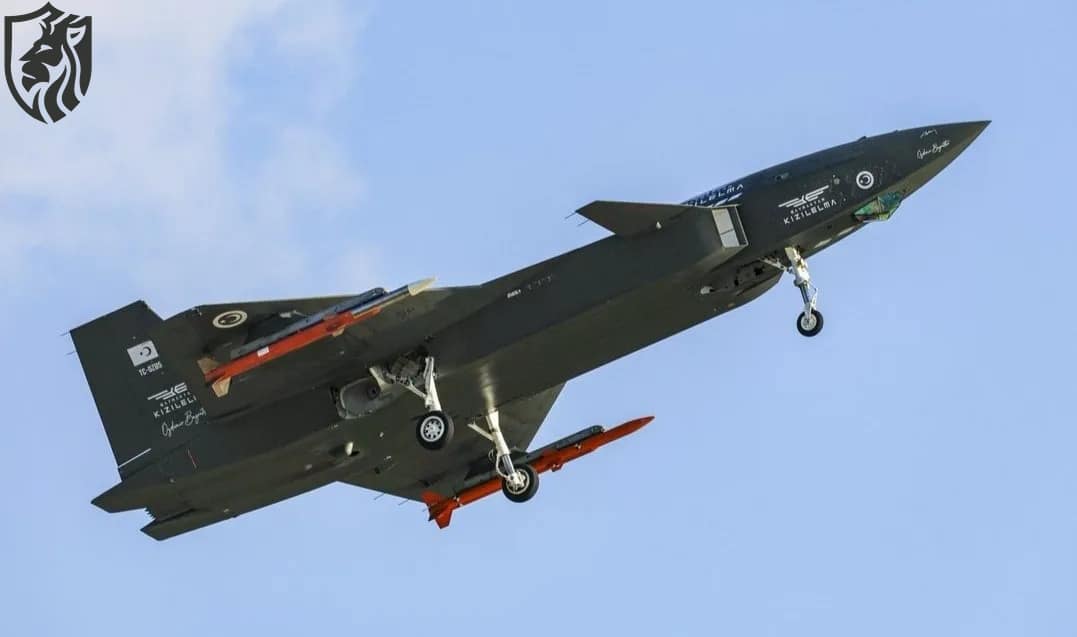
B61-12 at Lakenheath — Inside the 17 July C-17 Flight
Lead: what may have arrived—and why it matters
B61-12 nukes at RAF Lakenheath may have quietly re-entered the UK on 17 July 2025 aboard a high-priority C-17 from Kirtland AFB. While officials neither confirm nor deny, the origin, tasking profile, and ongoing vault upgrades make the case plausible. B61-12 nukes at RAF Lakenheath would mark the first US nuclear presence in Britain since 2008, signalling NATO’s renewed emphasis on credible, flexible deterrence.
The flight: timing, routing, and unusual security
A C-17A (callsign Reach 4574) departed Kirtland—home of the AFNWC—and landed at Lakenheath on 17 July. B61-12 nukes at RAF Lakenheath speculation grew after spotters logged airspace restrictions (17–18 July) and reported limited base movements until 26 July. Moreover, the mission’s priority and tanker support resembled profiles associated with the Prime Nuclear Airlift Force. Although that alone proves nothing, B61-12 nukes at RAF Lakenheath fit the pattern when combined with infrastructure works and Britain’s decision to field F-35A for NATO nuclear sharing.
Historical baseline: a base built for nuclear surety
During the Cold War, Lakenheath stored up to 110 B61 bombs within 33 WS3 vaults. B61-12 nukes at RAF Lakenheath would therefore leverage a site with deep nuclear stewardship experience. The US withdrew weapons in 2008, yet from 2022 onward, budgets, tenders, and visible works pointed to WS3 modernisation and a “surety dormitory.” If confirmed, B61-12 nukes at RAF Lakenheath would restore a capability NATO once deemed essential for rapid response.

The UK’s pivot: F-35A and NATO nuclear sharing
London’s June 2025 commitment to buy F-35A—the variant certified to carry B61-12—re-opens Britain’s air-delivered nuclear role. B61-12 nukes at RAF Lakenheath would align with that choice and with NATO’s policy of dispersed, survivable basing. As the 48th Fighter Wing expands and facilities mature, B61-12 nukes at RAF Lakenheath would provide a ready, releasable option short of strategic systems.
The bomb itself: precision, variable yield, and F-35 integration
B61-12 nukes at RAF Lakenheath would introduce a precision, tail-kit-guided gravity bomb with inertial navigation, modest standoff, and variable yields from 0.3 to ~50 kt. With accuracy improvements, B61-12 nukes at RAF Lakenheath could achieve required effects at lower yields, reducing collateral risk and political escalatory signals. The weapon’s digital interface and enhanced safety match modern platforms, which is why B61-12 nukes at RAF Lakenheath pair naturally with the F-35A’s stealth, sensors, and combat radius.
Target sets and effects: not just “Bigger Boom”
With earth-penetrating options tested by Sandia, B61-12 nukes at RAF Lakenheath could hold deeply buried targets at risk. Against hardened C2 or storage sites, B61-12 nukes at RAF Lakenheath offer ground-shock coupling that can substitute for raw yield. Against mobile or soft assets, the weapon’s precision narrows damage footprints. Therefore, B61-12 nukes at RAF Lakenheath support NATO’s escalate-to-de-escalate counter-logic by providing controlled, credible response options.
The Russia factor: timing, messaging, and Brinkmanship
Since 2022, Moscow’s rhetoric and its deployments in Belarus have elevated nuclear salience. B61-12 nukes at RAF Lakenheath would communicate alliance resolve while complicating Russian planning. However, B61-12 nukes at RAF Lakenheath also risk reciprocal measures, sharper warnings, and propaganda narratives. The deterrence value rises with readiness and dispersal; the crisis-management burden rises with visibility and ambiguity.

OSINT vs official silence: what counts as “evidence”?
NATO’s NCND policy (“neither confirm nor deny”) is designed to protect operations and diplomacy. Consequently, B61-12 nukes at RAF Lakenheath will likely remain unconfirmed. Analysts therefore stitch together flight data, NOTAMs, imagery, contract lines, and budget notes. This mosaic can mislead, yet B61-12 nukes at RAF Lakenheath appears consistent with multi-year planning signals. Until a formal admission—or a verifiable leak—arrives, B61-12 nukes at RAF Lakenheath stays in the grey zone: plausible, not proven.
Force posture: what changes if the reports are true?
If B61-12 nukes at RAF Lakenheath are present, NATO gains a flexible, northern-tier hub that complements Aviano and other sites. Rotational storage or contingency pre-positioning would let commanders rebalance during crises. B61-12 nukes at RAF Lakenheath would also shorten employment timelines, embed the UK more deeply into nuclear burden-sharing, and create political optics that both reassure allies and provoke adversaries.
Risks, controls, and public debate
Critics will question necessity, escalation risk, and cost. Supporters will cite alliance cohesion, burden sharing, and deterrence math. Either way, B61-12 nukes at RAF Lakenheath sit within robust safety, surety, and custody architectures refined over decades. For democratic legitimacy, governments must explain the strategic logic even if they cannot discuss operational detail. Thus, B61-12 nukes at RAF Lakenheath will test London’s and Washington’s ability to balance secrecy with accountability.
Bottom line
The July C-17 profile, WS3 upgrades, and Britain’s F-35A decision together make B61-12 nukes at RAF Lakenheath a credible proposition. Yet confirmation is unlikely, by design. For now, treat B61-12 nukes at RAF Lakenheath as an analytically supported hypothesis—one that fits NATO’s trajectory toward a more flexible and distributed nuclear posture.
Sources
- Federation of American Scientists—Lakenheath nuclear updates: https://fas.org/issues/nuclear-weapons/status-world-nuclear-forces/
- NNSA B61-12 programme overview: https://www.energy.gov/nnsa/articles/b61-12-life-extension-program
- Sandia test video and background: https://www.sandia.gov/news/publications/labnews/articles/2015/04-10/b61-12.html
- Arms Control Association—NATO nuclear sharing context: https://www.armscontrol.org/
- Federation of American Scientists — Lakenheath overview: https://fas.org/
- NNSA — B61-12 LEP: https://www.energy.gov/nnsa/
- Sandia National Laboratories — B61-12 testing: https://www.sandia.gov/
- Arms Control Association — NATO nuclear policy: https://www.armscontrol.org/









